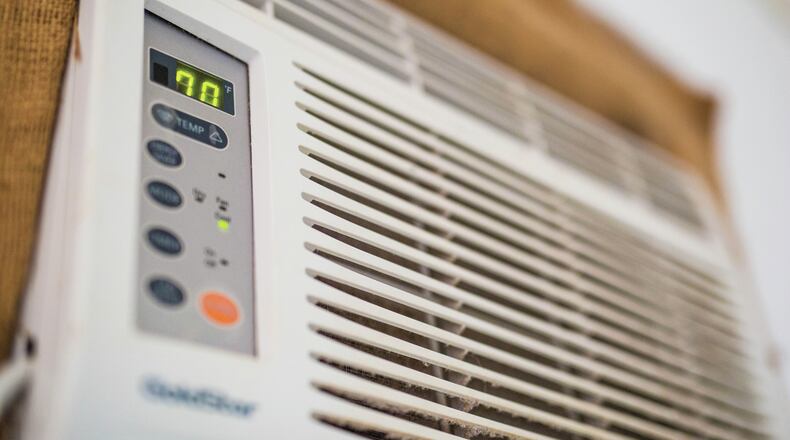The cool nights and warmer days allow additional time to make the changeovers by allowing building temperatures to fluctuate a few degrees with outside conditions. Building spaces will warm during the day and then cool at night to maintain normal room temperatures.
During this transition period, mission-critical computer centers, dormitories and medical center facilities will have top priority in getting their systems operational. Civil engineers will change over other base facilities in priority order, and all facilities will continue to have fresh air ventilation to eliminate indoor air quality issues.
The transition period to bring cooling systems up and functioning properly in more than 600 base facilities does take time; therefore, as the transition period begins, the base workforce should expect some chilly mornings and warmer afternoons. It is recommended that base personnel dress in layers that can be shed throughout the day.
These simple actions can go a long way toward personal comfort. For more information call the Requirements & Optimization Engineering Branch at 904-2370. To report problems, have your facility manager submit a request through TRIRIGA or call the CE Service Desk at 257-3131 for emergency situations.
And don’t forget that the WPAFB space temperature standards are 70°F winter and 74°F summer. During summer months, adjusting the temperature setting up one degree typically can save 2 to 3 percent on cooling costs.
At home, you can save as much as 10 percent a year on your heating and cooling bills by simply turning your thermostat back 10 to 15 degrees for eight hours per day. You can do this automatically without sacrificing comfort by installing an automatic setback or programmable thermostat. You can find additional energy savings tips at https://www.energy.gov/energysaver/energy-saver.
About the Author
